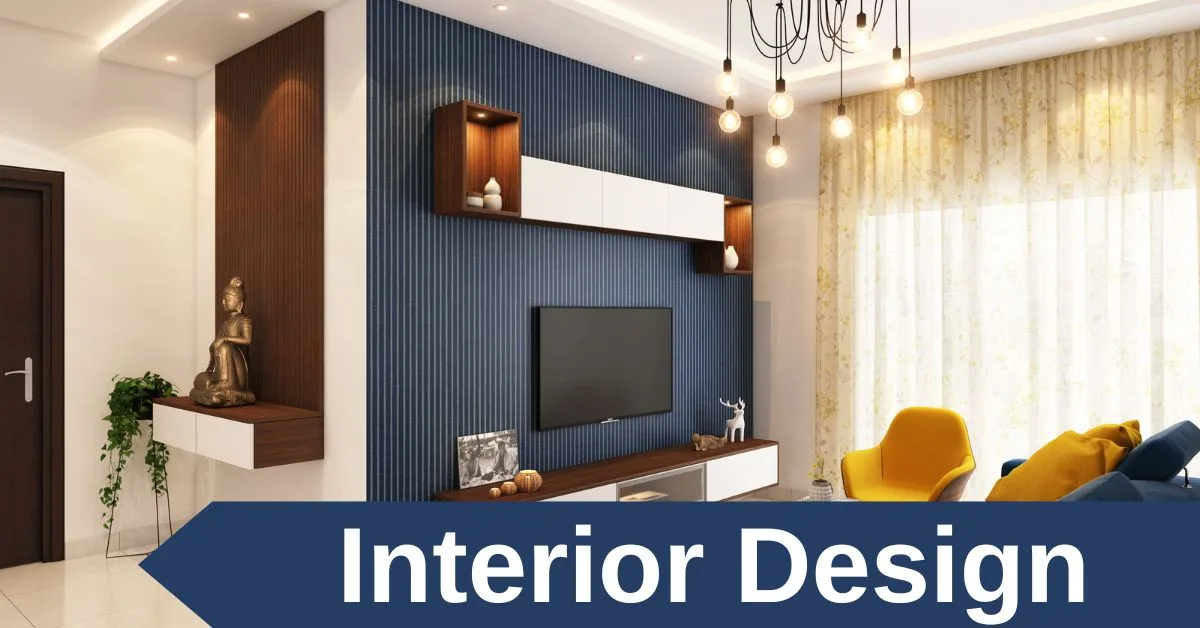What is Interior Design? – A Detailed Roadmap

Interior Design CADD (Computer-Aided Design and Drafting) involves the use of specialized software to design, visualize, and document the interiors of residential, commercial, and public spaces. It enables interior designers to create detailed floor plans, 3D models, furniture layouts, lighting schemes, and material selections. Interior Design CADD transforms the design process by providing precise measurements, realistic visualizations, and flexible editing, making it easier to translate creative concepts into functional, aesthetically pleasing spaces.
This blog outlines the key aspects of Interior Design CADD, its benefits, and a step-by-step guide to building a career in this field.
1. Understanding Interior Design CADD
Interior Design CADD is a vital tool for designing and planning interior spaces. It helps designers conceptualize layouts, select materials, place furniture, and design lighting schemes. The software also allows for 3D rendering, giving clients a realistic preview of the space before actual implementation. From small-scale residential projects to large commercial spaces, Interior Design CADD streamlines the design process and ensures accuracy in execution.
Key Elements of Interior Design CADD:
- Floor Plans and Layouts: Create 2D and 3D representations of spaces, detailing room dimensions, walls, doors, and windows.
- Furniture and Fixture Placement: Accurately plan the placement of furniture, appliances, and fixtures within the space.
- Lighting Design: Design lighting schemes to ensure optimal illumination and ambiance.
- Material and Texture Selection: Choose and apply finishes, textures, and colors to walls, floors, and furnishings.
- Space Planning: Efficiently organize space to meet both aesthetic and functional requirements.
2. Benefits of Interior Design CADD
Using Interior Design CADD offers numerous advantages for designers and clients alike:
- Precision and Accuracy: Precise measurements and layouts reduce errors and ensure efficient space utilization.
- Realistic Visualization: 3D models allow clients to visualize the space in detail, improving decision-making and approval processes.
- Time Efficiency: Designers can quickly create and revise plans, layouts, and renderings, reducing design time and costs.
- Improved Collaboration: Digital designs can be easily shared with clients, architects, and contractors for real-time feedback and updates.
- Material Simulation: CADD software allows for material simulation, helping designers explore various material options and their impacts on the space.
3. Popular Interior Design CADD Software Tools
Several software tools are essential for interior design professionals:
- AutoCAD: A versatile tool for 2D and 3D drafting and modeling, widely used for floor plans and layouts.
- SketchUp: A user-friendly 3D modeling tool ideal for conceptual designs, furniture placement, and space planning.
- Revit: A BIM software that integrates architecture, engineering, and interior design for complex design projects.
- 3ds Max: A 3D modeling and rendering software used for high-quality visualizations and presentations.
- Chief Architect: Software specifically designed for interior and architectural design, offering detailed floor plans and 3D renderings.
4. Building a Career in Interior Design CADD – A Roadmap
Step 1: Educational Background
Start with a solid foundation in Interior Design, Architecture, or a related field. A Bachelor’s degree in Interior Design or Architecture will equip you with essential design principles, spatial awareness, and technical drawing skills.
Step 2: Learn Basic Drafting and Design Principles
Understanding the basics of drafting and interior design principles is key to success. Learn how to create floor plans, furniture layouts, and lighting designs that balance form and function. Focus on developing spatial awareness and an understanding of ergonomics.
Step 3: Explore CADD Software
Familiarize yourself with major Interior Design CADD tools like AutoCAD and SketchUp. Begin by creating simple room layouts and progress to designing entire interiors in 2D and 3D. Online tutorials and free trial versions of these tools can provide hands-on practice.
Step 4: Enroll in Interior Design CADD Courses
Take formal courses in Interior Design CADD to deepen your knowledge of space planning, material selection, and lighting design. These courses will also expose you to advanced features of CADD software, such as 3D rendering and virtual reality walk-throughs.
Step 5: Gain Practical Experience
Practical experience is essential for applying your skills. Intern or work at interior design firms, architectural firms, or furniture companies to gain exposure to real-world projects. This experience will help you understand client needs, collaborate with contractors, and manage design projects from concept to completion.
Step 6: Specialize in a Niche Area
As you advance, consider specializing in a niche area of interior design, such as residential design, commercial spaces, or hospitality interiors. You can also explore specialized fields like sustainable design, smart homes, or luxury interiors, depending on market demand.
Step 7: Stay Updated with Industry Trends
Interior design is constantly evolving with trends in technology, materials, and styles. Stay informed about emerging trends like smart interiors, sustainable materials, and 3D-printed furniture. Regularly update your knowledge through workshops, certifications, and industry events.
5. Conclusion
Interior Design CADD is a powerful tool for creating functional, aesthetically pleasing spaces with precision and creativity. It enables designers to visualize concepts, collaborate effectively, and ensure that the final implementation matches the original vision. Following this roadmap, from education to gaining hands-on experience, will help you build a rewarding career in interior design. As technology and design trends continue to evolve, interior designers proficient in CADD will remain in high demand for their ability to blend creativity with technical expertise.
Whether you’re just starting or looking to advance your career in interior design, mastering CADD will enhance your ability to create beautiful, functional spaces that meet client expectations.
